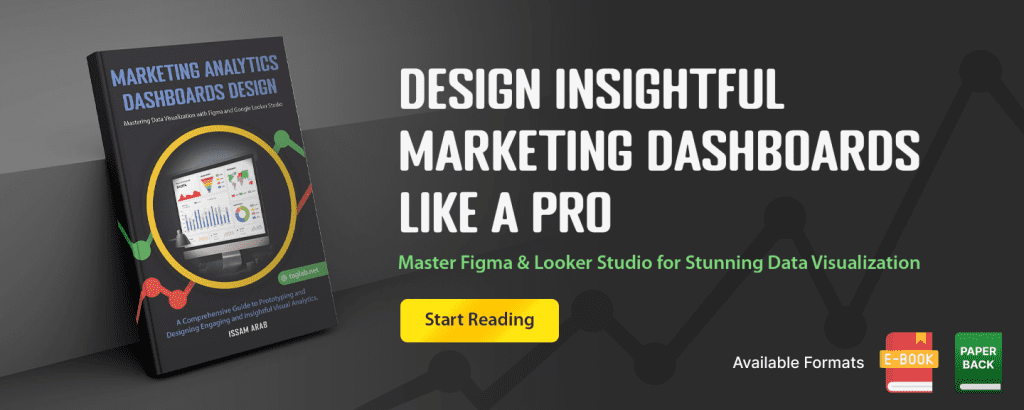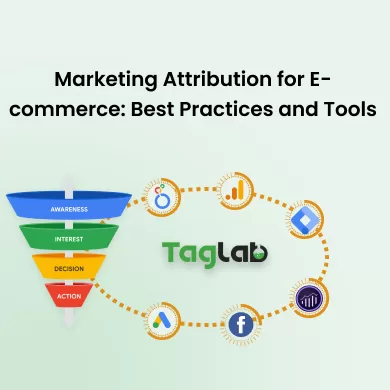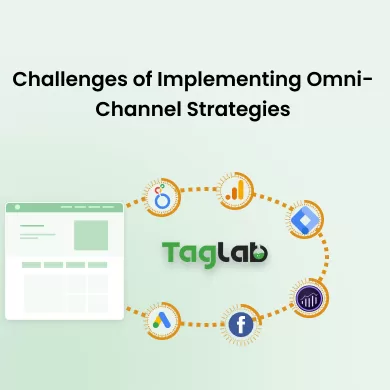Your cart is currently empty!
Return on Marketing Investment (ROMI) Calculator
Formula:
Explanation
Return on Marketing Investment (ROMI) is a metric that measures the revenue generated for every dollar spent on a marketing campaign. It is calculated by dividing the net profit from the marketing campaign by the marketing investment and multiplying by 100 to get a percentage.
Real-Life Example
Let’s say a company invests $10,000 in a marketing campaign and generates a net profit of $50,000 from that campaign. To calculate the ROMI, you would use the formula:
ROMI = (Net Profit from Marketing Campaign / Marketing Investment) × 100
Substitute the values into the formula:
ROMI = ($50,000 / $10,000) × 100 = 500%
This means the Return on Marketing Investment is 500%, indicating that for every dollar spent on the marketing campaign, the company generated $5 in profit.
Benchmark Indicators
ROMI benchmarks can vary significantly across industries. Here are some typical examples:
- Retail: ROMI ranges from 200% to 400%, depending on the effectiveness of the marketing campaign.
- E-commerce: ROMI ranges from 300% to 600%, influenced by the types of products sold and marketing strategies used.
- Technology: ROMI can be higher, ranging from 400% to 800%, reflecting the higher price points of tech products.
- Travel: ROMI usually ranges from 300% to 700% due to the high cost of travel bookings.
Return on Marketing Investment (ROMI) Calculator
Please select one field as the output (calculated) field:
Frequently Asked Questions
What is Return on Marketing Investment (ROMI)?
Return on Marketing Investment (ROMI) measures the revenue generated for every dollar spent on a marketing campaign. It helps businesses understand the effectiveness of their marketing efforts.
Why is ROMI important?
ROMI is important because it indicates the efficiency of marketing spend in generating profit. A higher ROMI suggests a more cost-effective campaign, leading to better resource allocation and higher profitability.
How can I improve my ROMI?
Improving ROMI can be achieved by optimizing your marketing strategies, targeting the right audience, refining your ad creatives, and using data-driven approaches to minimize costs and maximize revenue.
What factors influence ROMI?
Factors that influence ROMI include the quality of your marketing strategies, the effectiveness of your campaigns, the competitiveness of your industry, and the specific channels used for marketing.
Who uses ROMI calculations?
ROMI calculations are used by business owners, marketing managers, financial analysts, and investors to assess the performance of marketing campaigns and make informed decisions about marketing investments.
When should ROMI be calculated?
ROMI should be calculated regularly, such as after each marketing campaign or quarterly, to monitor the effectiveness of marketing efforts and make data-driven decisions.
How do I use ROMI effectively?
To use ROMI effectively, compare it with industry benchmarks, track changes over time, identify areas for improvement, and use it to make informed strategic decisions to enhance marketing performance.
Can ROMI fluctuate over time?
Yes, ROMI can fluctuate due to changes in market conditions, competition, customer preferences, and the effectiveness of marketing strategies. Regular monitoring and adjustment are necessary to maintain or improve ROMI.
What is a good ROMI?
A good ROMI varies by industry. For example, in retail, ROMI ranges from 200% to 400%, while in technology, it can be between 400% and 800%. Higher ROMI generally indicates more effective marketing strategies.
Can ROMI be negative?
Yes, ROMI can be negative if the costs of the marketing campaign exceed the revenue generated. A negative ROMI indicates a loss on the marketing investment.




